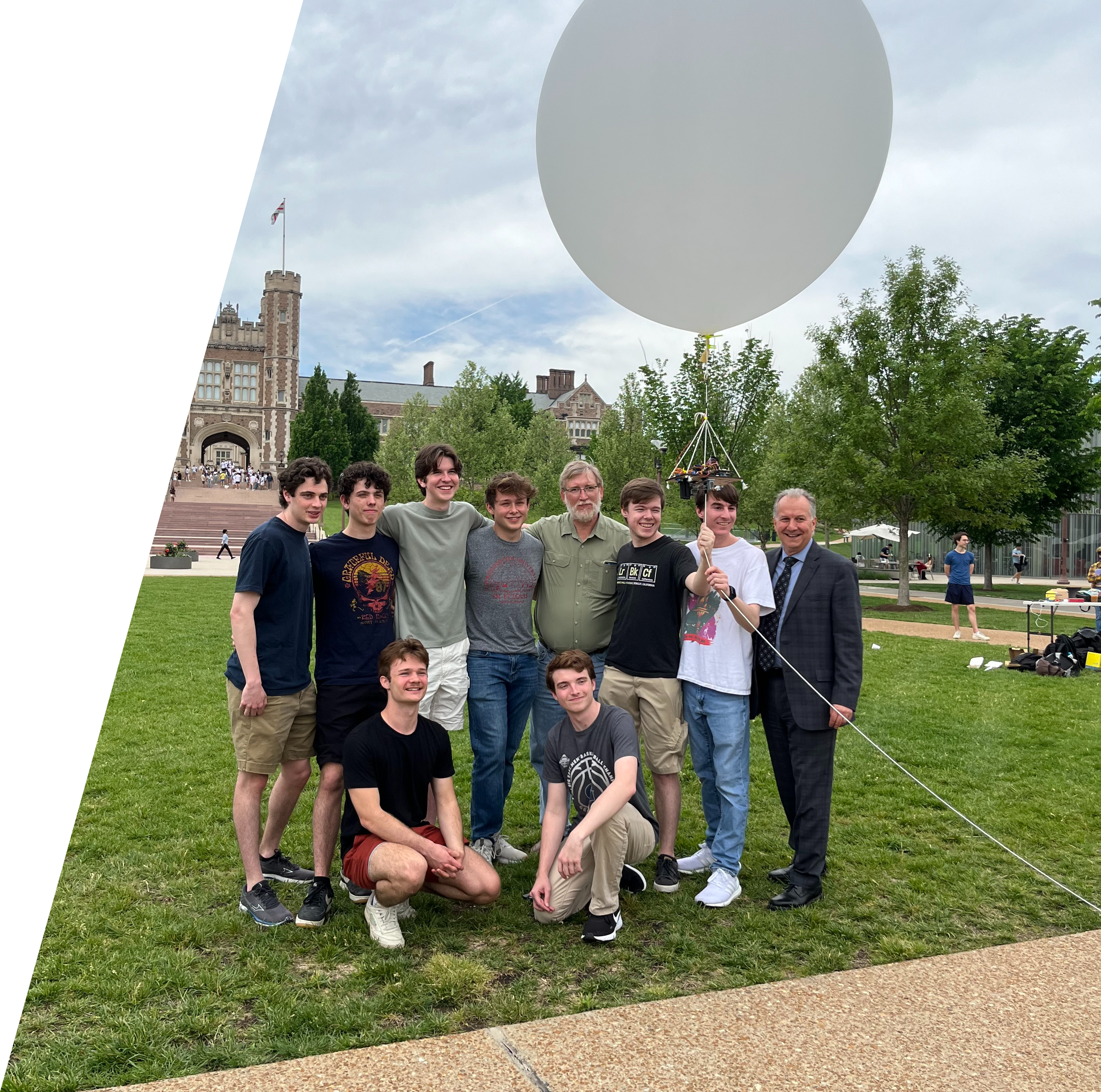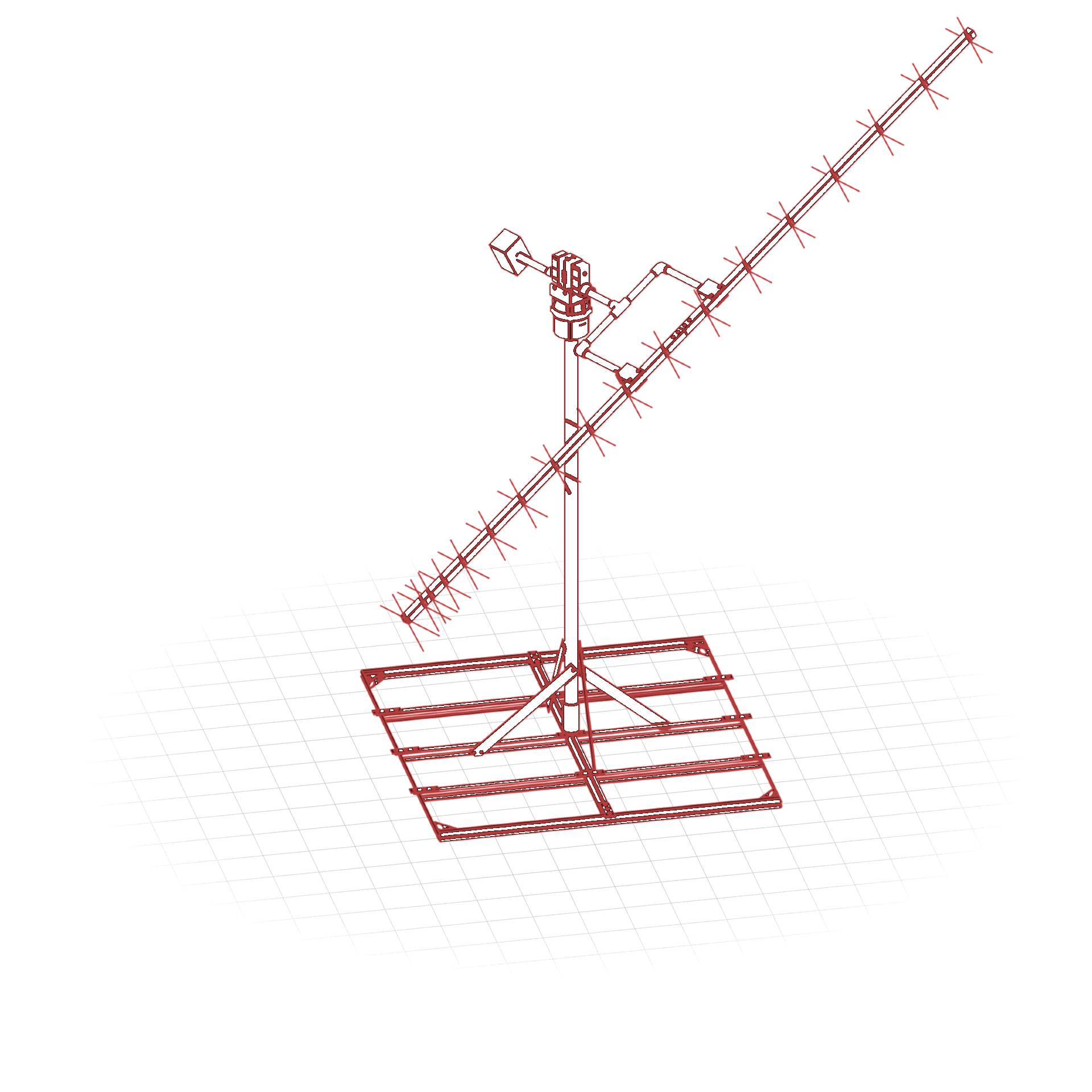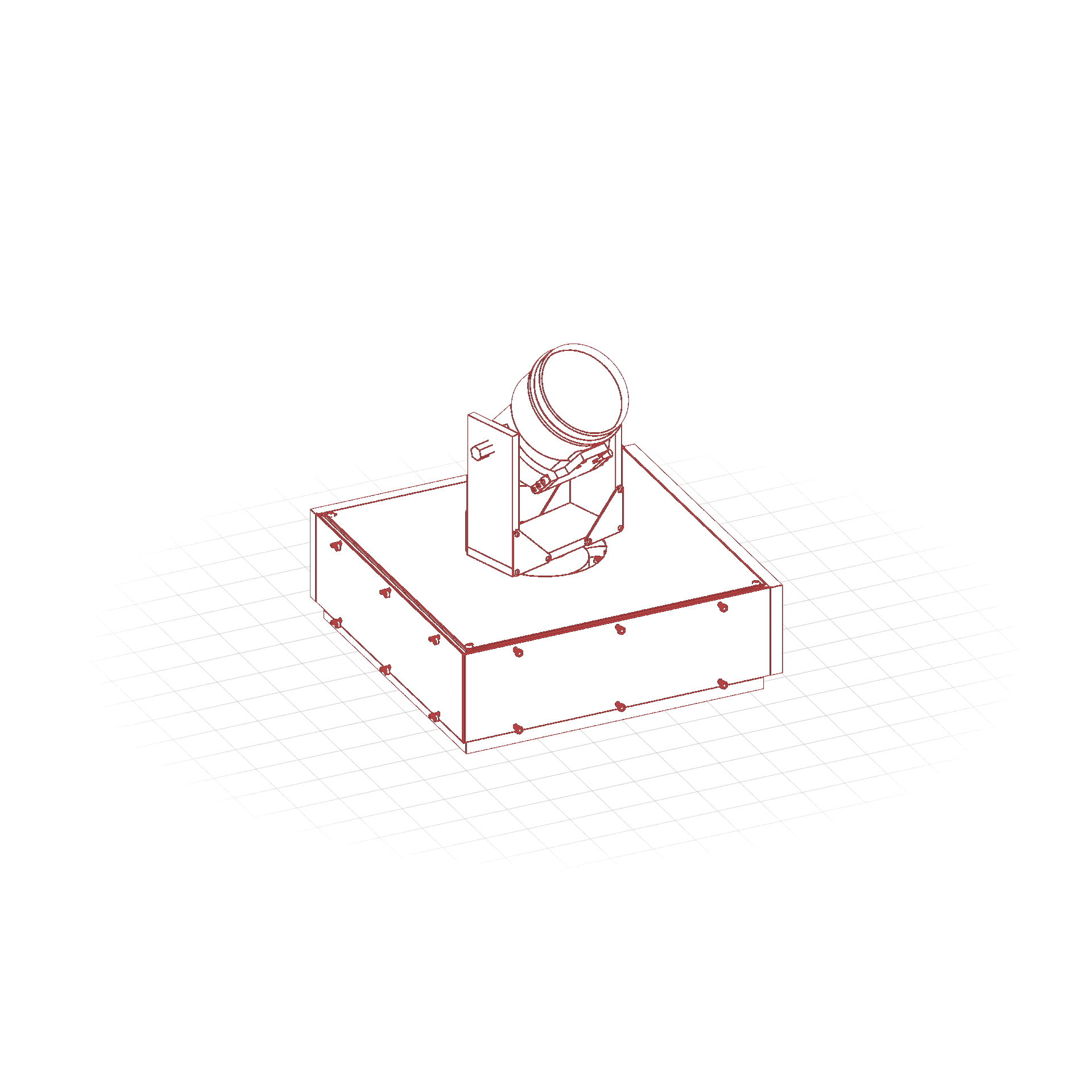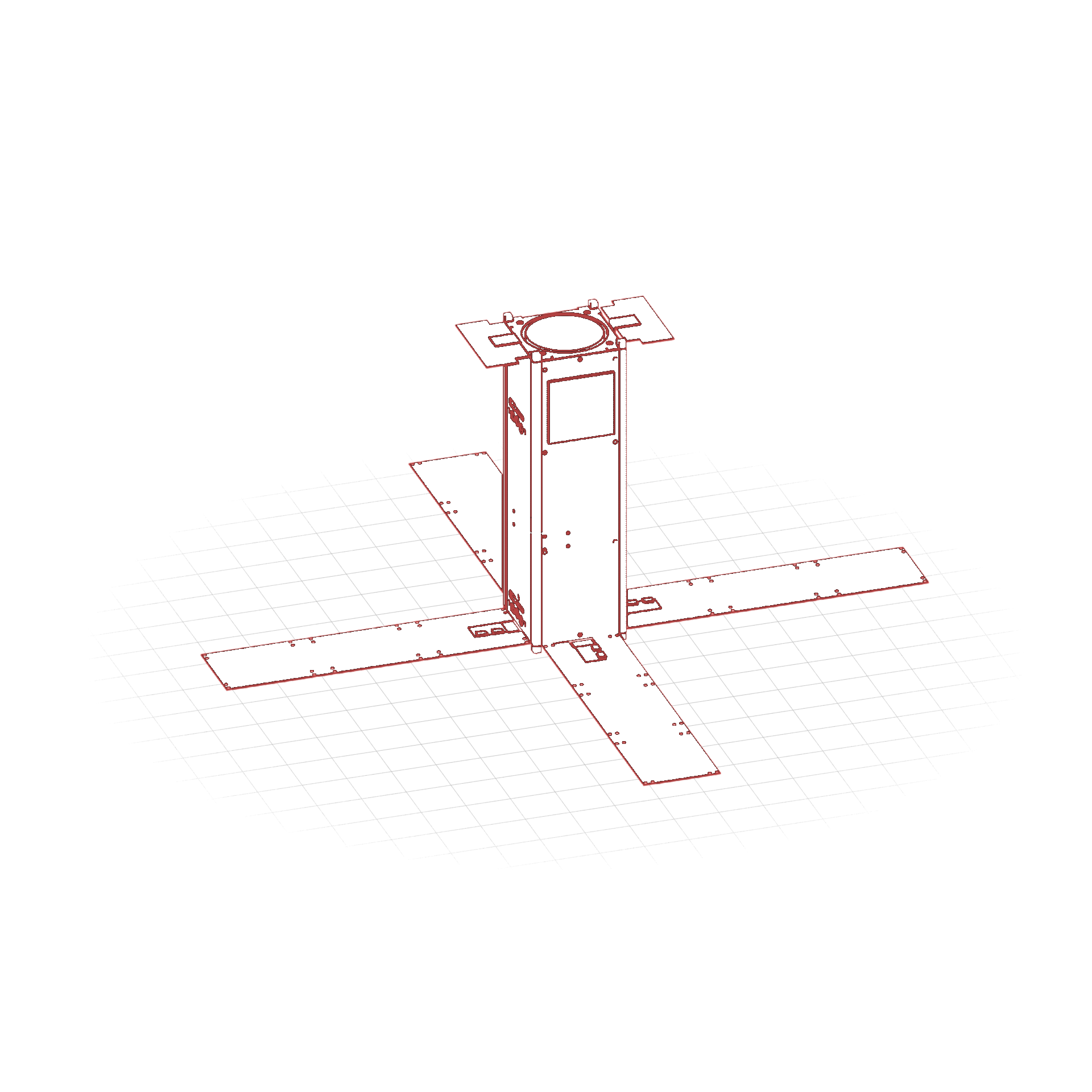STUDENT-DEVELOPED
SATELLITES
Equipping our members with the skills required to excel in the professional engineering industry through real world experience with cutting-edge spaceflight research and spacecraft development
THE TEAM
Founded in January 2024, WashU Satellite is the university's only space mission engineering team. Consisting of physics majors, electrical, systems, computer, software and mechanical engineers, we represent many disciplines in the McKelvey School of Engineering. We also present opportunities for those with non-technical specialties to participate in communications, graphic design, and more. In Fall of 2024, we successfully grew our team from 12 members to more than 40, bringing in talent from all schools and grades, including graduate students.
Meet the team

SP24 Team Photo
PROJECTS

Ground Station mk. 1 (GS-1)
The communication link for our satellite operations, supporting critical coordination with orbiting spacecraft and high altitude balloons. The system features a high-gain, in-house engineered Yagi antenna, commercial rotator, custom roof mount, and data processing through an SDR.
Q2-2025
//47 Contributors
//
Assembly Phase

ADAPT Incidence Resolution & Imaging System (AIRIS)
Our piggyback payload to the ADAPT mission, a high-altitude WashU Physics, NASA-funded mission which will demonstrate the APT detector on gamma ray burst transients. Our payload will improve upon transient source predictions by imaging the sky space with a rotating optical telescope, the results of which will be forwarded to the NASA General Coordinates Network for further observation by ground telescopes around the world.
Q2-2027
//47 Contributors
//
Assembly Phase
Secure Configurable Autonomous Laboratory for Algorithm Research (SCALAR)
Our planned inaugural CubeSat mission. Leveraging strategic partnerships with other university CubeSat teams and the WashU Department of Physics, along with utilizing open-source hardware, we are on an accelerated trajectory to launch our first payload in the spring of 2026. It is designed to demonstrate on-orbit reconfigurable hybrid compute, a key technology for future, software-enabled missions.
Q4-2026
//47 Contributors
//
Design Phase

Versatile Educational Controls Testbed for Optical Response (VECTOR)
A 3U CubeSat designed as a reconfigurable educational platform and on-orbit search and control laboratory for multi-messenger astronomy developed primarily by undergraduate students. Its design invites broad participation, allowing students and the public to engage with and contribute to the mission through algorithm development and testing, building on the success of the ESA’s OPS-SAT. VECTOR combines optical astronomy with a modular in-house developed bus architecture, serving as an accessible in-space testbed and transient event observer.
2028
//47 Contributors
//
Proposal Phase
Spinning Past-Ionospheric Networked Observation of Radio (SPINOR)
A program designed to image the sub-30 MHz radio sky in fine resolution for the first time, promising discoveries across exoplanet magnetic interactions, heliophysics and space weather, and early universe 21-cm cosmology. Its hardware consists of a set of spin stabilized conductive tethers located beyond the ionosphere, acting as configurable, low-frequency resonant antennas, using interferometric super-resolution imaging.
Phase I: Q2-2026
//47 Contributors
//
Proposal Phase
PAST PROJECTS
Small Balloon 1 (SB-1)
Our first project, developed to establish the team's mission planning and execution workflow. SB-1's payload consisted of a Raspberry Pi, a mounting plate, a camera and two 2-axis gimbals lifted by a 4-foot diameter helium balloon. The flight was successful, and we got some great pics of campus which you can see here:
Q2-2024
//11 Contributors
//
Mission Success